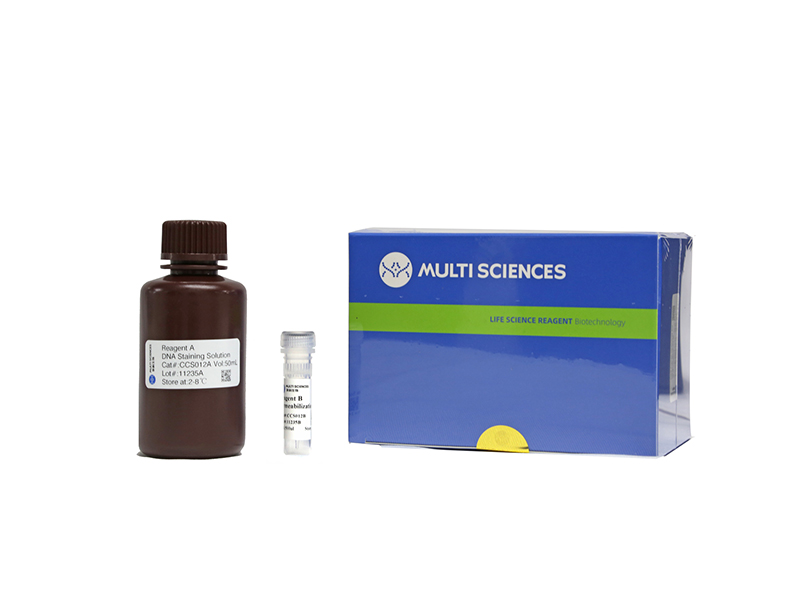Ethnopharmacological relevance Xianglianhuazhuo formula (XLHZ) has a potential therapeutic effect on chronic atrophic gastritis (CAG). However, the specific molecular mechanism remains unclear. Aim of the study To evaluate the effect of XLHZ on CAG in vitro and in vivo and its potential mechanisms. Methods A rat model of CAG was established using a composite modeling method, and the pathological changes and ultrastructure of gastric mucosa were observed. YY1/miR-320a/TFRC and ferroptosis-related molecules were detected. An MNNG-induced gastric epithelial cell model was established in vitro to evaluate the inhibitory effect of XLHZ on cell ferroptosis by observing cell proliferation, migration, invasion, apoptosis, and molecules related to ferroptosis. The specific mechanism of action of XLHZ in treating CAG was elucidated by silencing or overexpression of targets. Results In vivo experiments showed that XLHZ could improve the pathological status and ultrastructure of gastric mucosa and inhibit ferroptosis by regulating the YY1/miR-320a/TFRC signaling pathway. The results in vitro demonstrated that transfection of miR-320a mimics inhibited cell proliferation, migration, and invasion while promoting cell apoptosis. MiR-320a targeted TFRC and inhibited ferroptosis. Overexpression of TFRC reversed the inhibitory effect of miR-320a overexpression on cell proliferation. The effect of XLHZ was consistent with that of miR-320a. YY1 targeted miR-320a, and its overexpression promoted ferroptosis. Conclusion XLHZ inhibited ferroptosis by regulating the YY1/miR-320a/TFRC signaling pathway, ultimately impeding the progression of CAG.
文章引用产品列表
-
- CCS012
- 周期试剂盒
Cell Cycle Staining Kit 细胞周期检测试剂盒
- ¥390.00



